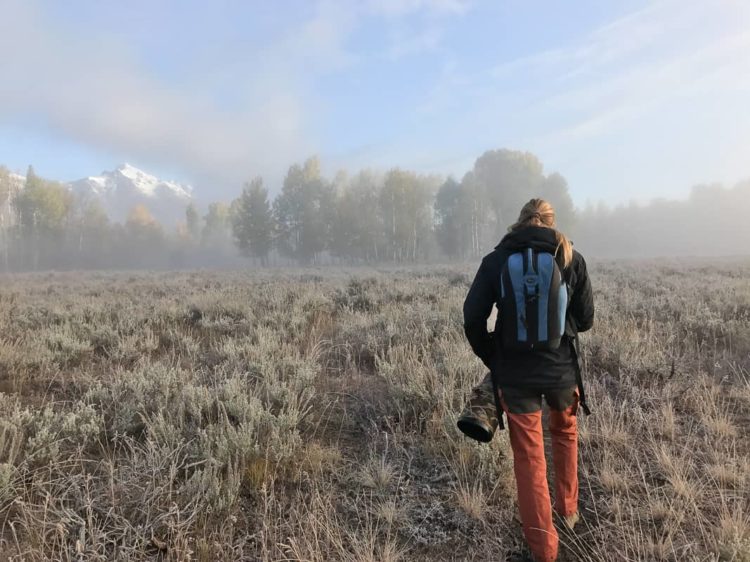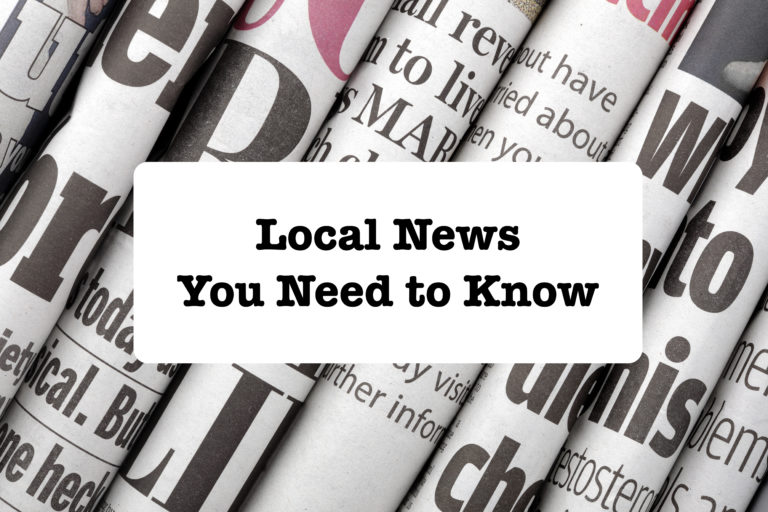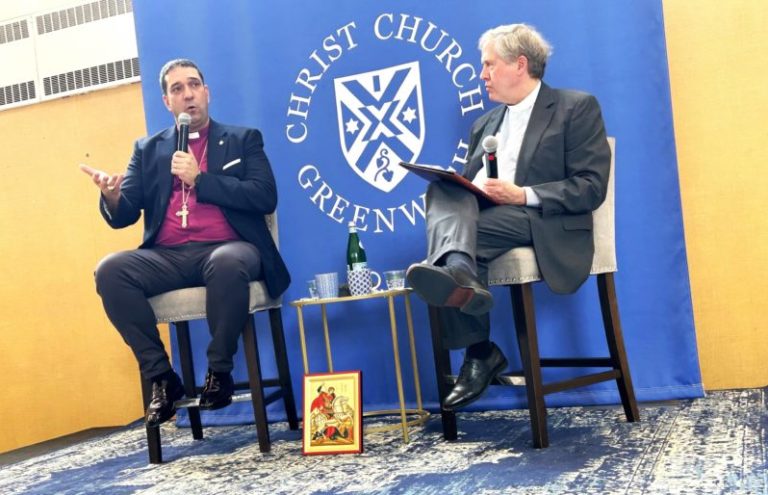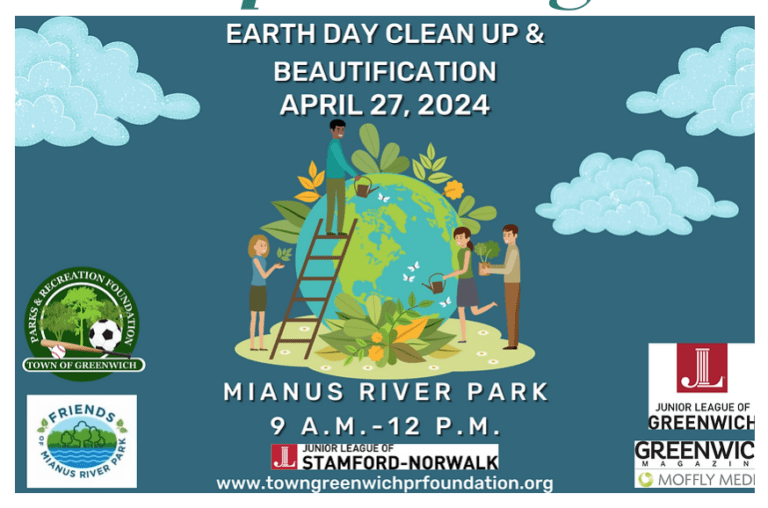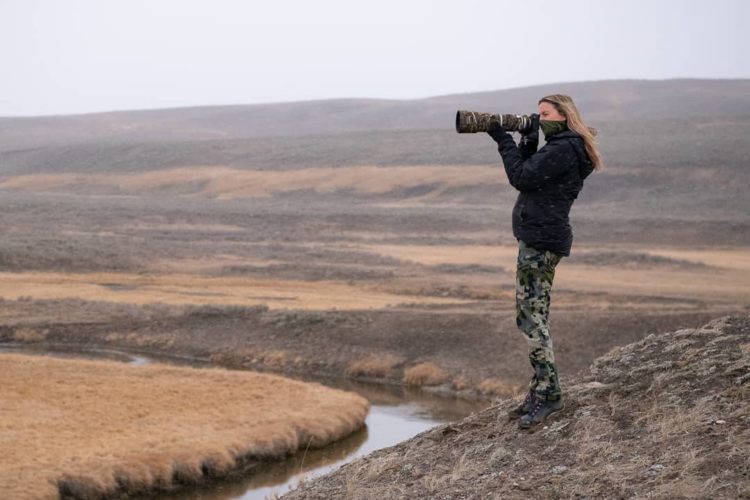
By Anne W. Semmes
It was happy making knowing my wildlife photographer daughter, Melissa Groo recently traveled over spring break with her 16-year-old daughter and husband to Costa Rica. Melissa does a heap of traveling every year sans family in her profession that has brought her worldwide recognition. She is most fortunate to have a husband who is there with her daughter when she is away.
So, what should come my way, but an informative article Melissa has written published this week by BBC Wildlife Magazine that has her addressing, “Why are there so few female wildlife photographers?” And there in her article, shared online by the magazine, I see my daughter writing, “I could not do my job if I wasn’t married to someone willing to do the parenting and run the home when I leave. It’s a huge advantage and a blessing.”
The idea for the article came to Melissa from checking out last year’s winners of London’s Natural History Museum’s prestigious “Wildlife Photographer of the Year” (WPY) contest. She was struck by how few winners were female. The Museum had noted, “The number of female WPY entrants and winners is representative of the amount of women working in wildlife photography.”
Reading the stories behind those winning shots, Melissa noted “It’s obvious that many involved lengthy periods far from home.” She then addresses how she as parent forged her way. “I make it work by being choosy about assignments and being faithful to a rule that I will never be gone for more than two weeks.” And this has its effect on her profession,” she writes, “This puts me out of the running for long-term commissions and self-directed projects in the field and means I can’t lead back-to-back photo safaris in Africa.”
Then there’s the safety issue for female wildlife photographers. “It can be tough for women to feel safe traveling solo,” Melissa writes. “In some countries it can even carry a stigma.” She shares the witness of wildlife photographer Carla Rhodes: “Safety in the field is a barrier to women, especially as we can be alone for long stretches of time…I pushed through the fear, but it made my journey harder.”
“The label of ‘wildlife photographer’ may evoke images of a person roaming the wilderness to photograph elusive species,” Melissa writes, but “to tell the kinds of visual stories needed during a time of mass extinction and climate change, you need robust photojournalism skills too.” So, in her efforts to diversity her income stream, she writes, Melissa has, indeed, become a skilled photojournalist – with a focus on conservation.
“Conservation photography,” she writes, “has become a leading genre, encompassing a broader view of nature photography that holds at its core how humans interact with and affect wildlife and habitats.” For confirmation, Melissa shares a new approach taken by the director of photography for National Geographic, Kathy Moran: “I thought we should consider stories through the lens of conservation. That approach had far more appeal because it broadened the narrative and played to a much wider base of photographers. Eventually, we were working with more women and telling far more interesting stories.”
So, Melissa writes, “the very term ‘wildlife photographer’ may be too limited to describe what’s now called for: a well-rounded visual storyteller capable of depicting the human impact on wildlife and landscapes.”
Surely a needed focus for the younger generation! So, what about that younger female population? Melissa learns of a higher percentage of young female competitors in the “Wildlife Photographer of the Year” contest than adult female competitors. So, how to provide opportunities for those aspiring young female photographers? “There are in the USA,” she writes, “several higher-education conservation photography courses, such as those offered by Stanford University and the University of Nebraska at Lincoln. There’s also the American University’s Center for Environmental Filmmaking.”
“We should be encouraging young biologists,” she writes, “to take cameras into the field to document their research…A solid grounding in science can be a huge asset in photography.”
She suggests Jane Goodall’s Roots and Shoots program “be replicated and scaled up,” to “address both geographical and gender diversity.” A good example she describes, “is provided by Girls Who Click (GWC), which aims to inspire a new generation of female wildlife photographers…GWC partners with leading female wildlife photographers to offer free workshops for teenage girls. Role models are important: personal stories shared by those who have ‘made it’ show that the paths to success are varied.”
Melissa sees some support coming to women wildlife photographers as she shares.
“More magazine editors are consciously hiring women,” says photographer and filmmaker Morgan Heim.” But Heim also knows of only three women “to be assigned a wildlife story in National Geographic, at least as a solo photographer.”
With the past three covers of Audubon Magazine being photographed by women, as shared in the article by The Audubon National Society’s photography director Sabine Meyer, she feels “progress is being made…But we still fall short of real equity.”
“Cultural change is slow,” Melissa concludes, “happening over generations. But it is happening. The world is waking up to the idea that women are just as capable in the arena of wildlife photography as men, and that their voices and visions are uniquely qualified.”
“I see a lot of women bringing a tenderness and intimacy to their subjects,” adds Morgan. “They don’t shrink away from hard emotional scenes, and they find it even in the most ‘mundane’ of creatures. Women have a great power to remind us that the most ordinary things still shine with the extraordinary.”
This reporter knows a wildlife photographer who does just that – my daughter Melissa Groo.
